Spring and summer means bees, insects, bright petals and leaves, rocks and shells on the beach, and the list goes on. Many tips, articles (including mine) recommend using a tripod for a variety of reasons and benefits which we'll summarize below. There are also times when a tripod may not be needed to photograph the desired details, may not be practical or using the tripod may limit our creativity for a given opportunity.
Here's a few examples of ideas when a handheld offers some benefits over using a tripod.
Windy Days
On a windy day, particularly when wanting to shoot flowers and foliage, many of us may be tempted to pack it in quickly or not even go out at all. Resist these temptations and go with what mother nature is providing. Macro photography doesn't always need to be about the close up details. Whimsical, soft images created by movement show what was really happening at that moment.
The images below were taken on windy days. The wisteria (lavender flowers) was taken with Nikon's 105mm macro lens. The wind was sporadic during my macro shoot to the point of near frustration. A tripod was not going to make any difference as my composition kept getting blown. That's when I decided to just ‘go with it'. My favorite photos turned out to be the ones with movement and color. Settings: ISO 500, f3.5, 1/250 sec.
The pink cherry blossoms below were an intentional shoot. While photographing birds, the wind kept whipping around making it difficult for the birds to land. While looking at the cherry blossom tree, the swishing of pinks, petals and buds into soft colors was almost hypnotic. The game plan of photographing birds was quickly changed by the feeling, movement and color of the blossoms. This was taken from underneath the swaying branches with the lens pointing straight up vertically. Settings: 280mm, ISO 1000, f/7.1, 1/1000.
Moving Subjects
Shooting Bees, butterflies and other fast moving subjects can be a bit more cumbersome when trying to move the tripod and focusing in before they take off to the next flower. With brighter light, big apertures (low f/stop number) and fast shutter speeds it may easier to get your subject and the details in focus working handheld versus using a tripod. Insects, bees, butterflies all move a bit slower in the early morning which definitely helps.
The bee on the sunflower was taken about nine in the morning after sunrise. A colorful blue sky, bright yellow sunflower and good light allowed for many photos at faster shutter speeds. It also helped that the flower surface was large. Watching the bee move across these flowers for several minutes provided some predictability as to where he was going next. Spending a few minutes observing behaviors, movements, will increase the productivity and outcome of our images.
Camera/lenses that can work with higher ISO's
Some cameras and lenses work better with higher ISO than others. If you have a camera that can tolerate higher ISO, this will speed up the shutter speed without sacrificing image quality.
Benefits of Using a Tripod
- A tripod forces ‘think and plan' time. You can study the image on the playback screen and the viewfinder to optimize composition. For example, is the tip of the flower in the frame, or is it slightly chopped off?
- You can bracket photos for different exposures with the same composition which provides more options to choose from in post processing.
- If you want a couple of specific areas in the image in focus for blending in Photoshop later, this helps create like images for focus blending. Refer to the article: Combining Two Images Into One Using Photoshopf or specific steps.
- Tripods provide stability for consistency of clear, sharp images in a variety of situations including low light.
It's easy to get locked into habits or going by articles that indicate what's optimal in our photographs. All of these tips are designed to help, guide and suggest ideas. When behind the lens, you are in control of using and applying guidelines, mixing in your own creativity or trying something completely new.

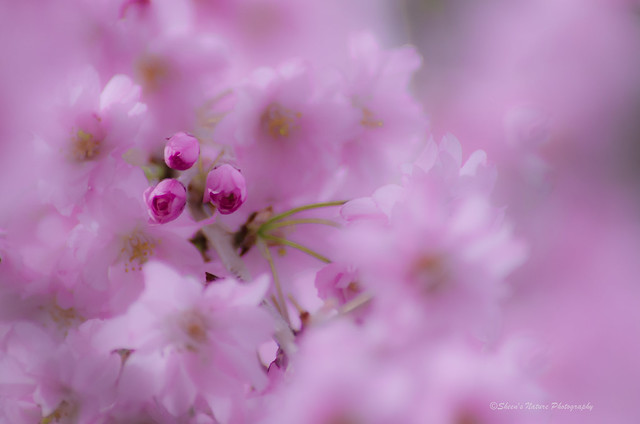

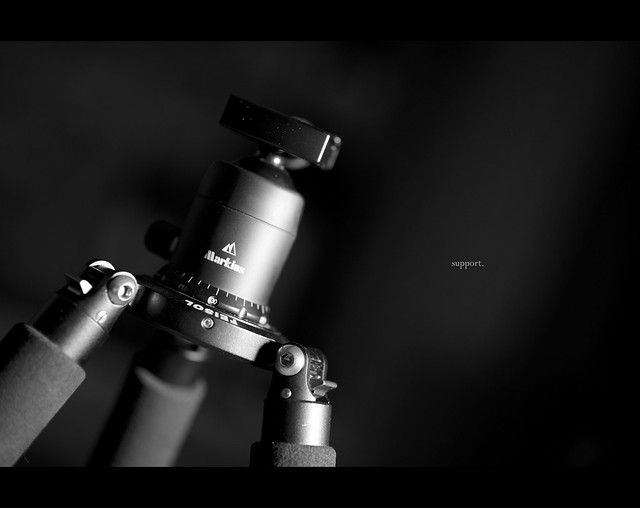

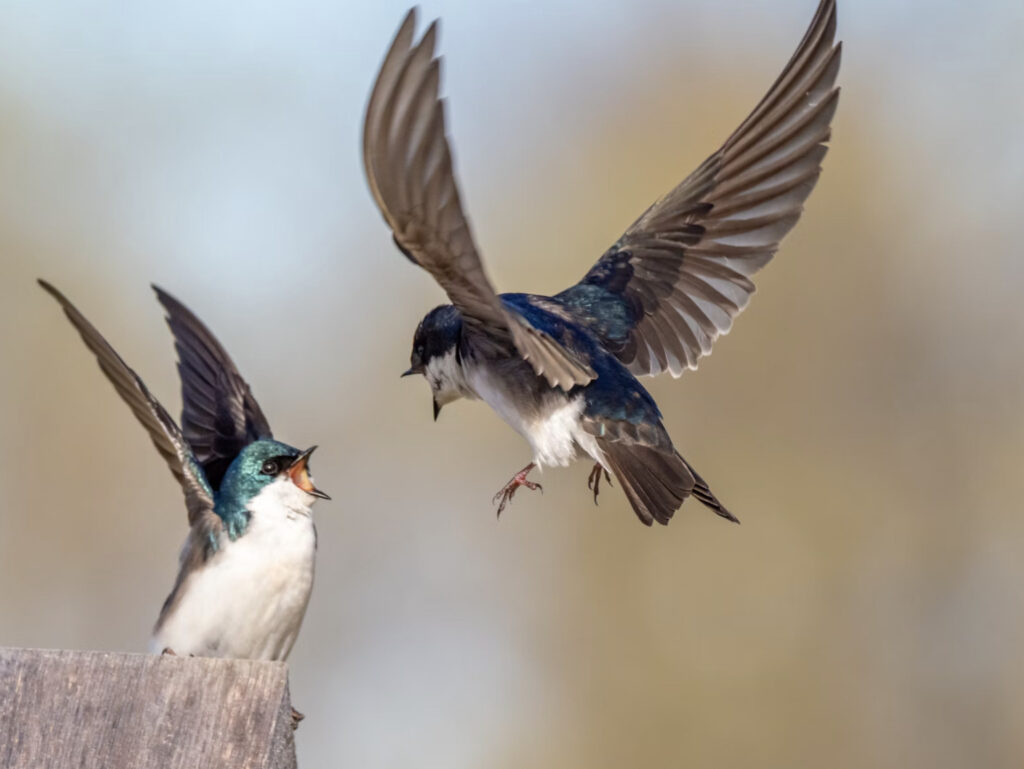
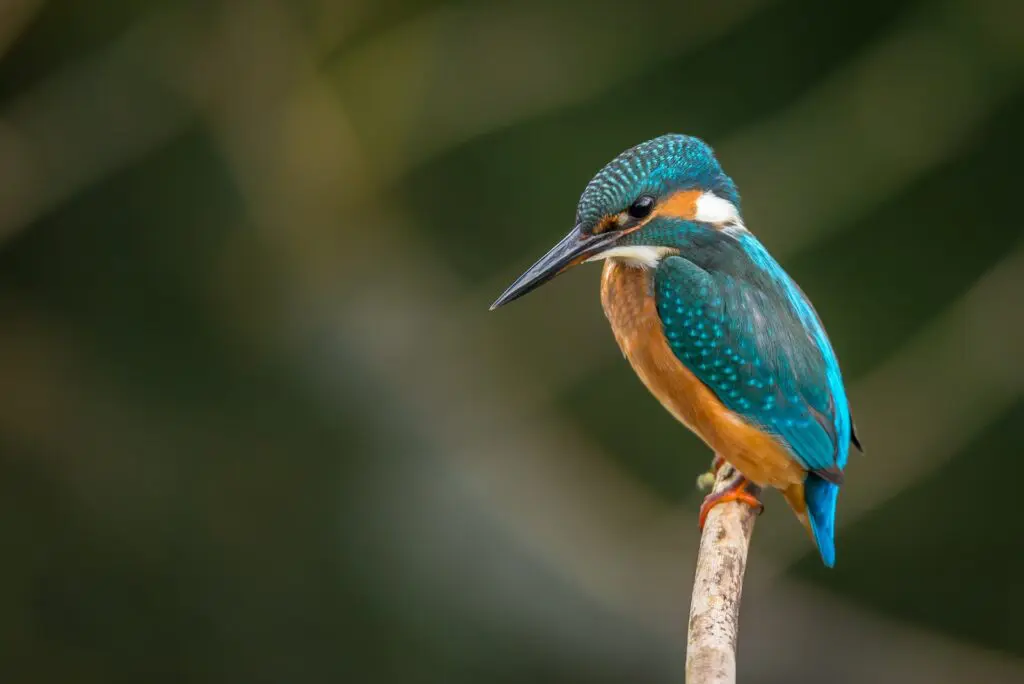
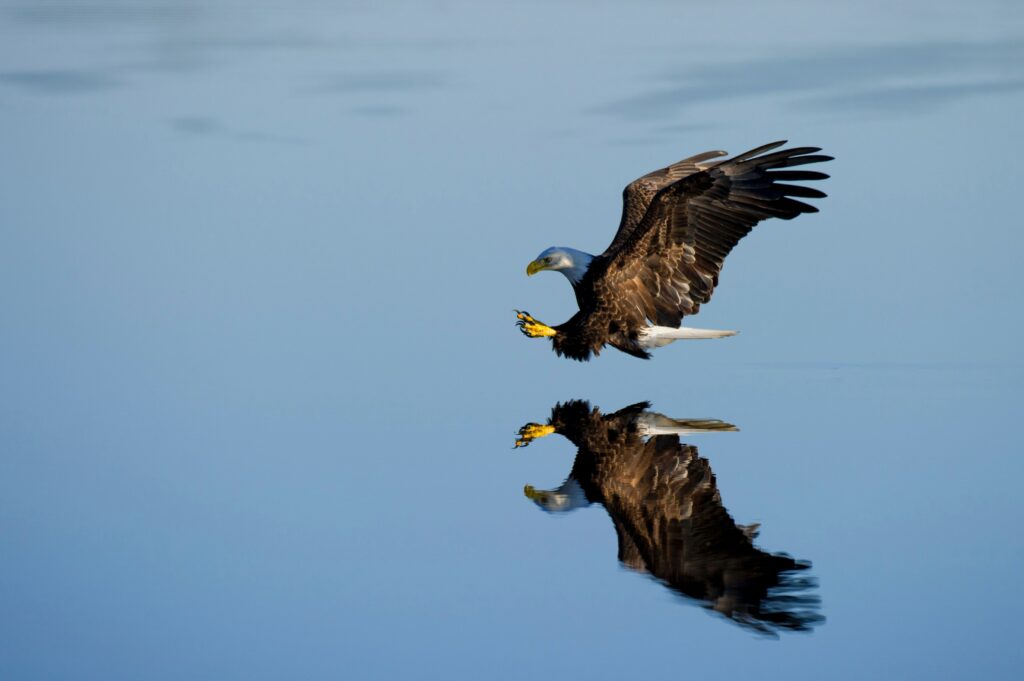
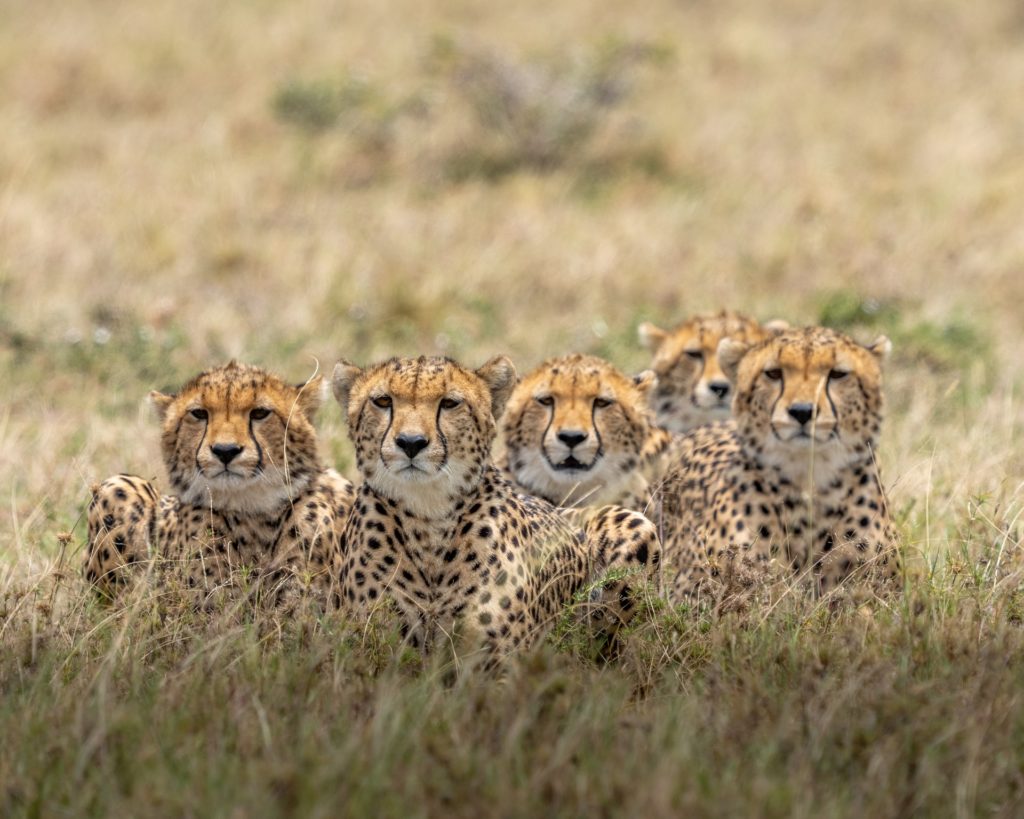
3 Comments
What about that fantastic compromise, the Monopod! Much steadier than hand holding, easily move the focus point by leaning in/out a fraction, and for gross movements, only one leg to move, or adjust height if necessary.
I use an LED flash and find that I can hand hold and still get sharp images. Was glad I bought the outfit.
Good ideas with the wind. Blurring is very soft… but you had one point sharp so it was also a questiong of keep pointing and shooting or waiting for right moment to shoot….